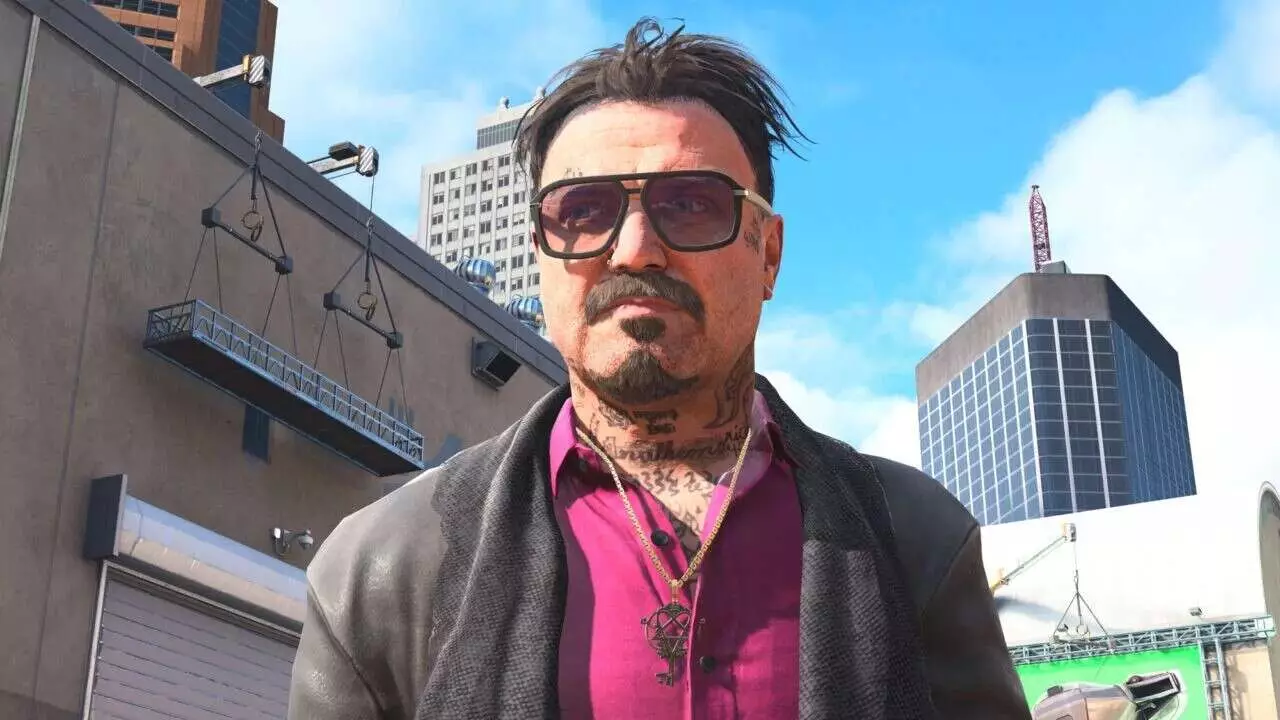In the ever-evolving landscape of video games, roster decisions can significantly influence both player engagement and emotional resonance. The recent inclusion of Bam Margera in Tony Hawk’s Pro Skater 3 + 4 exemplifies how personal relationships and authenticity can reshape gaming narratives. Margera’s initial absence from the roster signaled a complex behind-the-scenes story, but his late-game reprieve underscores a broader trend: games are increasingly embracing real-life stories and genuine personalities to deepen player connection. Margera’s story is not just about rejoining a game; it’s about the power of human moments—an unexpected encounter that transformed a cold industry decision into a heartfelt reunion.
Personal Connections as Catalysts for Change
What sets Margera’s comeback apart is its rootedness in a spontaneous interaction—an impromptu skate session with Tony Hawk that reignited old bonds. This narrative elevates the idea that authentic personal connections can influence major decisions, even in large-scale productions like full-fledged video game remakes. Hawk’s willingness to reintroduce Margera into the roster, motivated by a genuine moment of reconnection, highlights the importance of relationships over corporate protocols. It subtly asserts that behind every pixel and character model, there are real people whose stories add soul to the digital realm. This approach adds depth and relatability that purely technical updates often lack.
Beyond the Roster: The Significance of Cultural Continuity
Including diverse skaters such as Zion Wright and Margie Didal alongside established legends like Tony Hawk and Bob Burnquist also underscores a conscious effort to reflect skateboarding’s dynamic culture. Margera’s inclusion, driven by a rejuvenated personal journey and physical improvement—thanks to his marriage and a dedicated stretch coach—embodies resilience and renewal. It challenges the notion that gaming rosters are static or solely about showcasing skills; they also serve as cultural touchstones that honor personal growth and the evolution of skateboarding itself. The involvement of guest characters like Doom Slayer and Michelangelo further demonstrates how the game’s creators blend nostalgia with innovation, creating a tapestry that appeals across generations.
The Power of Human Stories in Digital Recreation
Ultimately, the Margera anecdote exemplifies a shift in how the gaming industry perceives its storytelling potential. The story of a friendship rekindled at a skatepark becoming the reason for a roster change conveys that authenticity resonates profoundly with players. It’s not just about the gameplay mechanics or graphic fidelity—it’s about the stories we tell through our favorite characters. When real people’s journeys interweave with digital worlds, the experience becomes more meaningful and memorable. Margera’s journey from personal hardship to rejoining in a virtual skate park reminds us that behind every game are human stories waiting to be celebrated. This human element can be the most compelling power source in engaging audiences and cultivating enduring loyalty.

